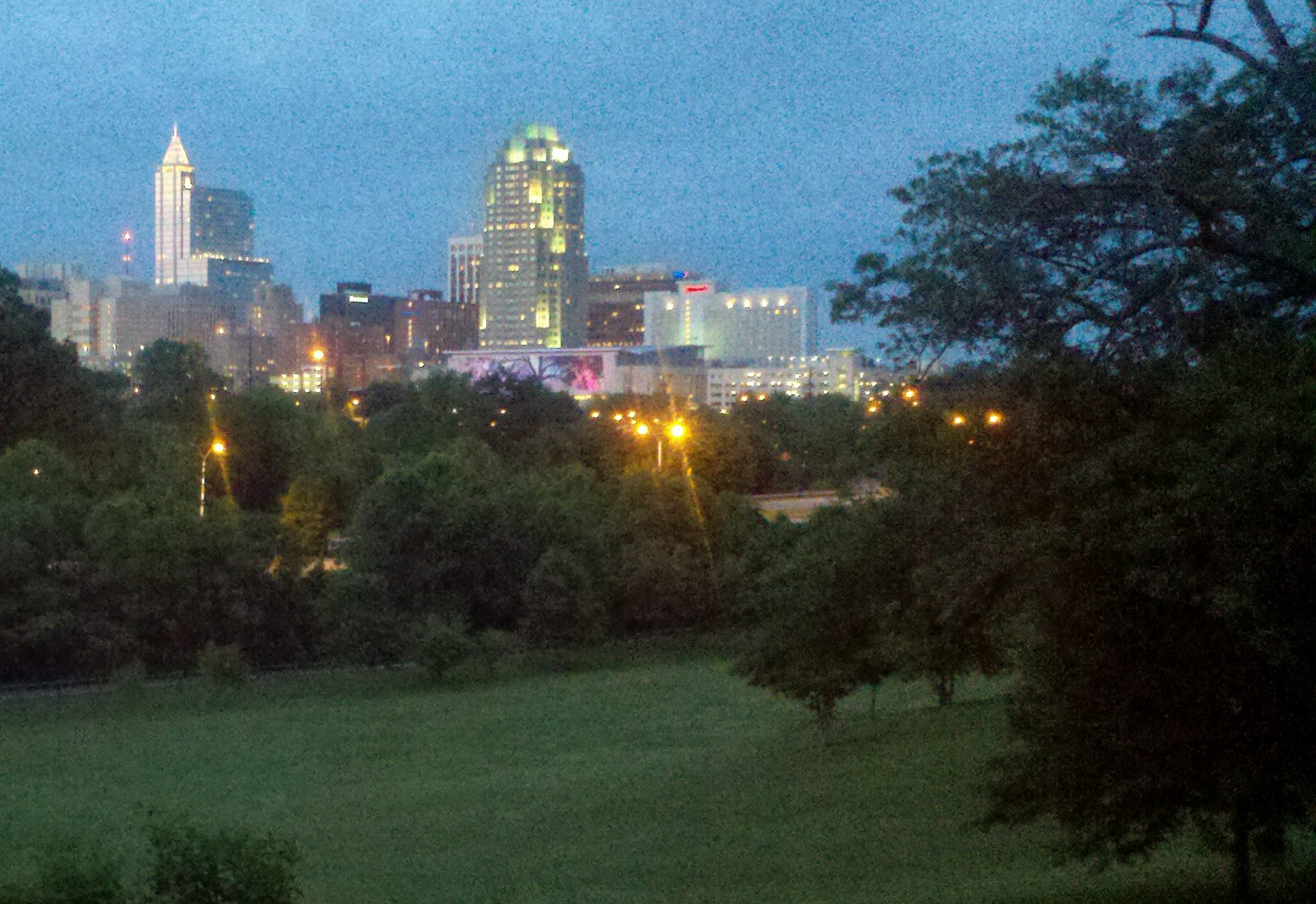The design for Dix Park by MVVA is
admirable in many ways, but I believe that it misses some very important
aspects as we move further into the 21st Century. The park would
serve Raleigh and all of North Carolina better if it became a model for
sustainable living.
As a global culture, we have major
challenges facing us. The global population is roughly 7.7 billion people and
the estimates for the carrying capacity of the Earth is 10 billion people, with
this number based primarily on the amount of arable land available for growing
the needed food. One aspect of a park for the future is that it would have as a
foundation a pallet of food producing plants. Yet the MVVA design is promoting
the old saw of ‘a collection of native plants from all across the state,’ or
where they are more specific, a botanical garden for shade loving plants.
We have two excellent public
gardens, the UNC Botanic Garden which promotes native plants from across the
state, and the JC Raulston Arboretum, which features ornamental plants that are
suited for our area, including shade loving plants. What we need is a garden that
promotes and features food producing plants that are suitable for inclusion in
a typical ornamental landscape. Seattle has such a public garden, and it is
called Beacon Food Forest.
“What is a food forest? A food
forest is a gardening technique or land management system, which mimics a
woodland ecosystem by substituting edible trees, shrubs, perennials and
annuals. Fruit and nut trees make up the upper level, while berry shrubs, edible
perennials and annuals make up the lower levels.” (from beaconfoodforest.org)
Including food producing plants as a
foundation for the landscape will educate as well as provide much needed food
for those in our city who are struggling to access food for themselves and
their families. It will also contribute to the building of community while
reducing the ‘food miles’ needed to bring the needed food to our residents.
Another major
challenge for the future is how to generate enough energy to power all of our
various systems. Burning fossil fuels is damaging our global ecosystem to the
point now where the UN predicts that we’re facing a non-reversible catastrophe
if we don’t change immediately. What better way to do so than making Dix Park a
model for energy production and conservation by all means available –
photovoltaic, wind turbines, living roofs to mitigate heating and cooling, and
transportation to and within the park that de-emphasizes automobiles. There are
photovoltaic systems for roofs and roads and windows and curtains. More
efficient wind turbines are evolving that can operate on less wind, and
certainly if we build better buildings which utilize more natural light and
better insulation, we will decrease the energy demands for heating and cooling.
We can do this. But it needs to be a
fundamental principle in the design of Dix Park.
